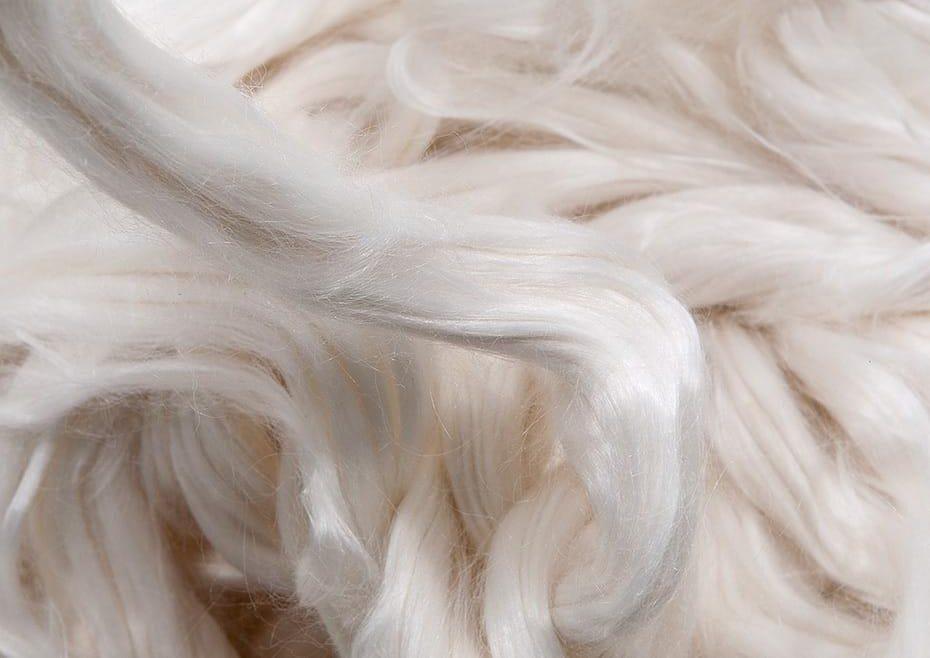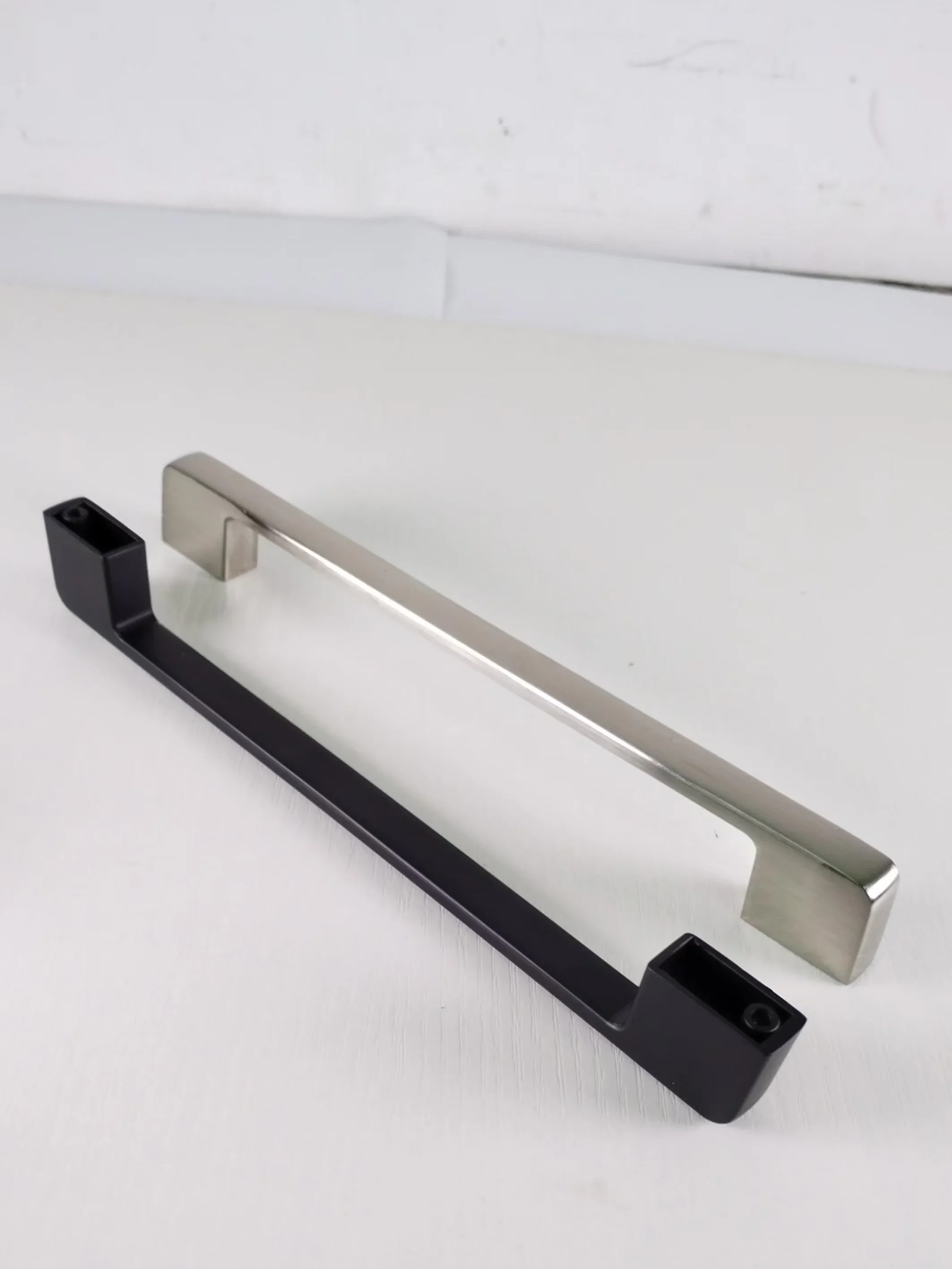In the world of sustainable textiles, TENCEL and lyocell are two terms that often come up. While they may sound similar, they are not interchangeable. Understanding the differences between TENCEL and lyocell is crucial for anyone interested in eco-friendly fabrics. In this blog post, we will delve into the intricacies of these two materials, exploring their production processes, properties, and applications.
- The Production Process:
TENCEL and lyocell are both derived from cellulose, a natural polymer found in plants. However, their production processes differ slightly. TENCEL is a branded form of lyocell, developed by the company Lenzing. It involves dissolving cellulose in a non-toxic solvent and spinning it into fibers using a closed-loop system, which minimizes waste and environmental impact. On the other hand, lyocell refers to the broader category of cellulose-based fibers produced using a similar process but without the specific closed-loop system. - Environmental Impact:
One of the key reasons why TENCEL and lyocell have gained popularity is their eco-friendly nature. Both materials are considered sustainable alternatives to traditional fabrics. The closed-loop production process of TENCEL ensures that almost all of the solvent is recycled and reused, resulting in minimal waste and pollution. Lyocell, while not always produced in a closed-loop system, still offers a significantly lower environmental footprint compared to conventional textiles. Both TENCEL and lyocell are biodegradable and derived from renewable resources, making them excellent choices for environmentally conscious consumers. - Properties and Performance:
When it comes to properties, TENCEL and lyocell share many similarities. Both fabrics are known for their exceptional softness, breathability, and moisture-wicking capabilities. They are highly absorbent, making them ideal for activewear, bedding, and other applications where comfort is paramount. Additionally, TENCEL and lyocell have excellent draping qualities, giving garments a luxurious and elegant look. These fabrics also have a smooth surface, which enhances their hypoallergenic properties and makes them suitable for sensitive skin. - Applications:
TENCEL and lyocell find applications in various industries, including fashion, home textiles, and medical textiles. Due to their moisture management properties, they are often used in sportswear, outdoor apparel, and bedding. The softness and breathability of these fabrics make them popular choices for everyday clothing, such as shirts, dresses, and underwear. Moreover, TENCEL and lyocell can be blended with other fibers like cotton or wool to enhance their performance and create innovative textile products.
Conclusion:
In conclusion, while TENCEL is a specific brand of lyocell, the terms are often used interchangeably. Both TENCEL and lyocell offer sustainable alternatives to traditional fabrics, with their eco-friendly production processes and desirable properties. Whether you're a fashion enthusiast, an eco-conscious consumer, or a textile industry professional, understanding the differences between TENCEL and lyocell is essential. By making informed choices, we can contribute to a more sustainable and responsible future.




More Stories
Top Trends Using Curly Wool Fabric in Winter Fashion and Home Textiles
Why Parents Love Indoor Naughty Forts for Playtime
Why Recycled Suede is the Future of Eco-Friendly Fashion